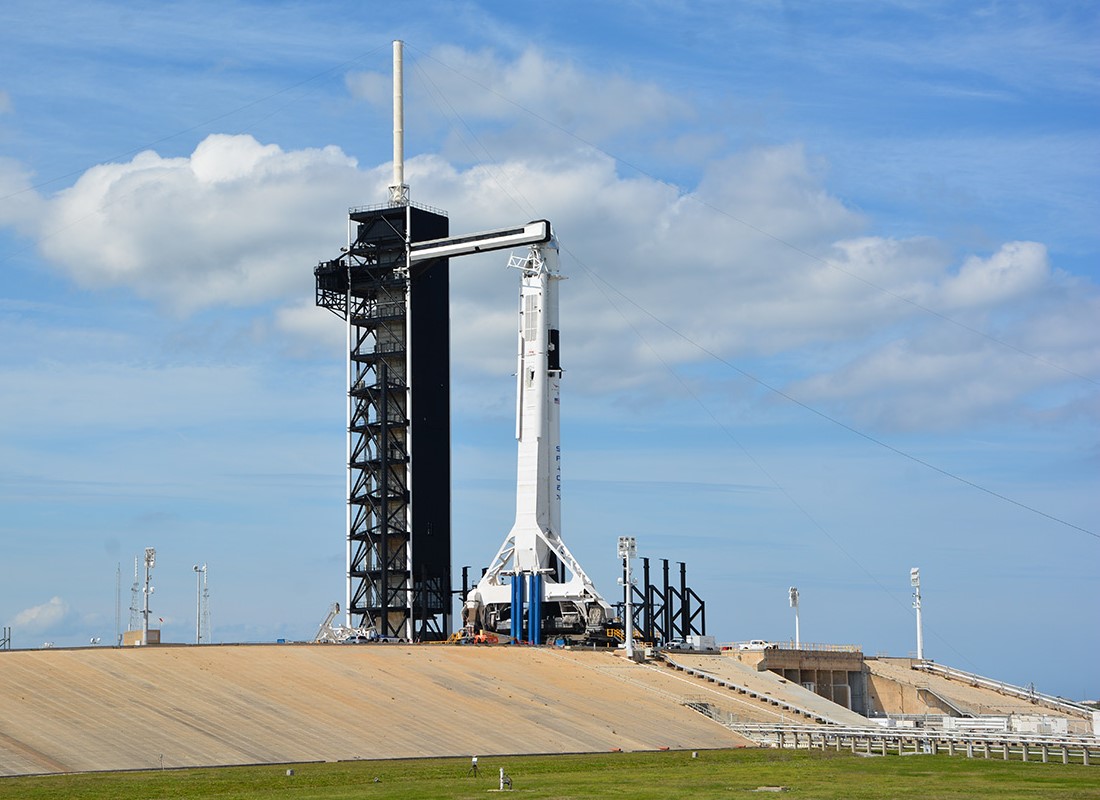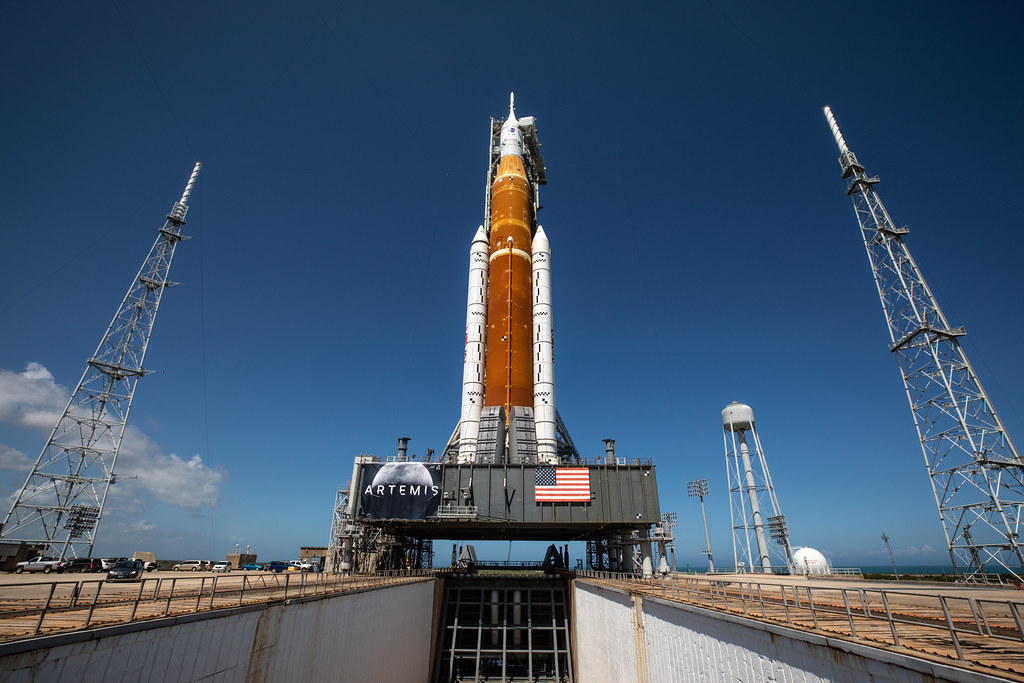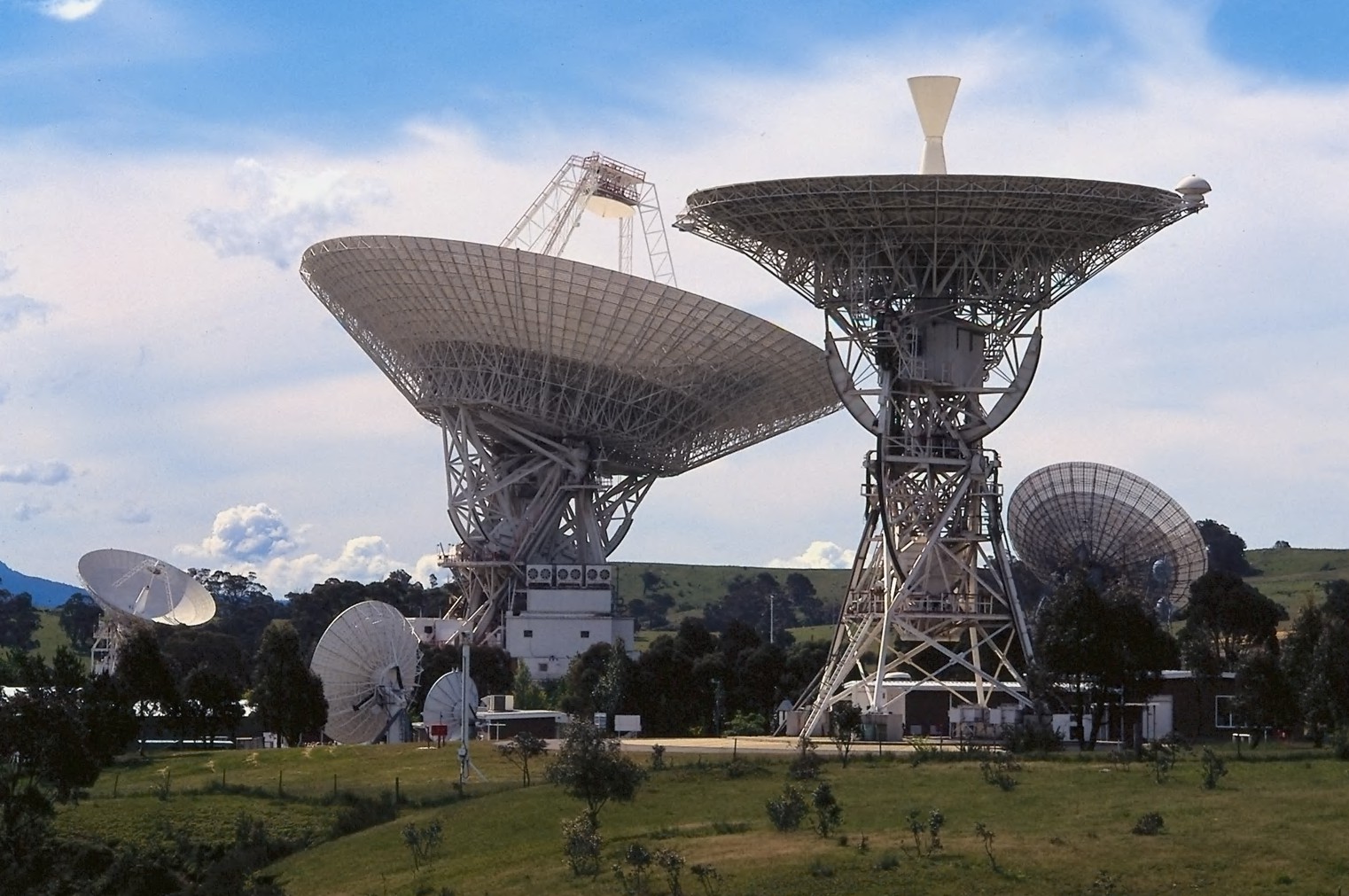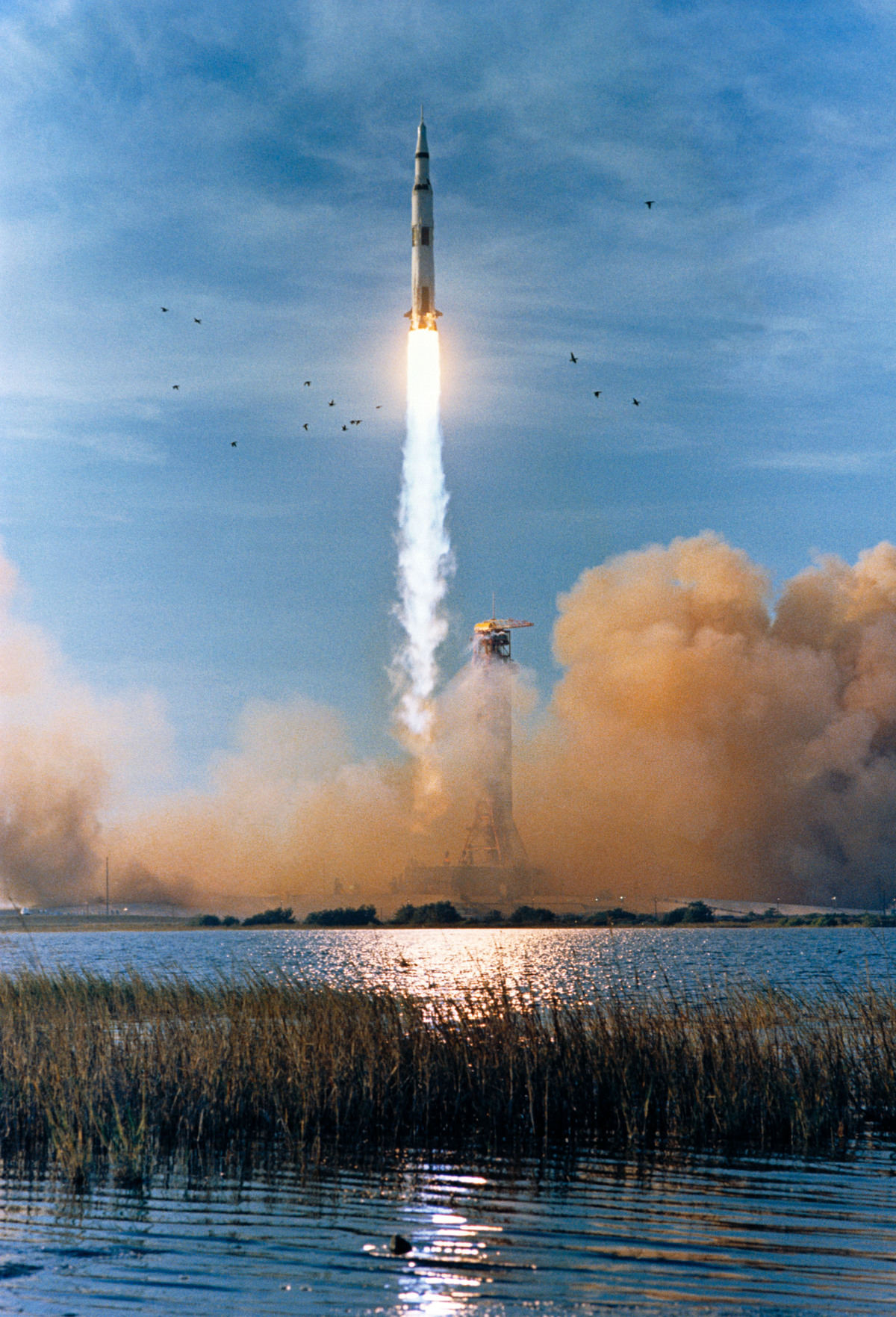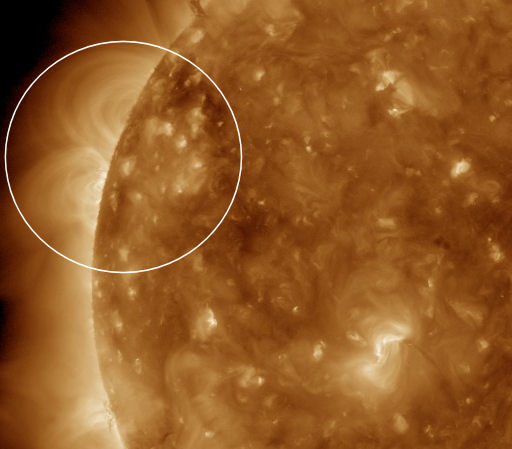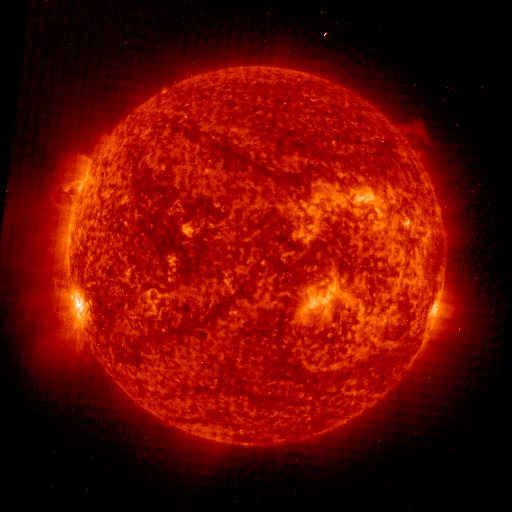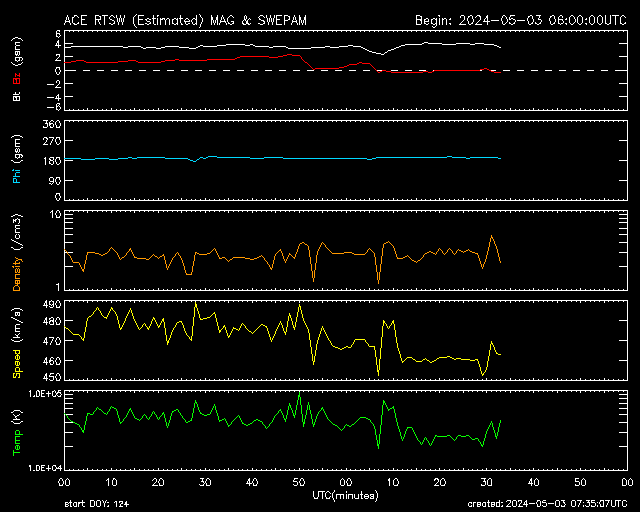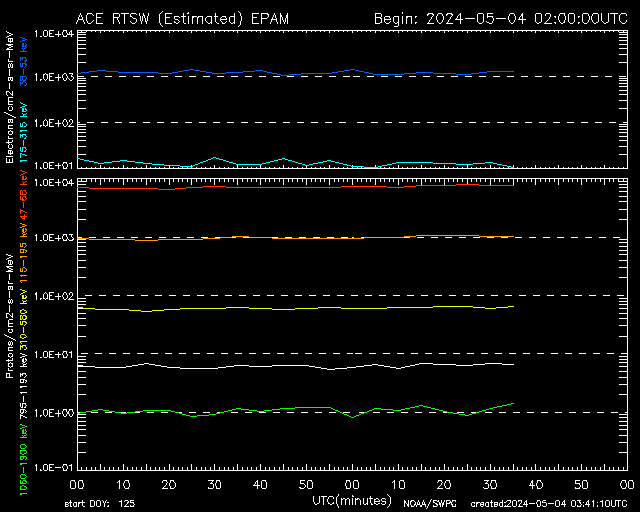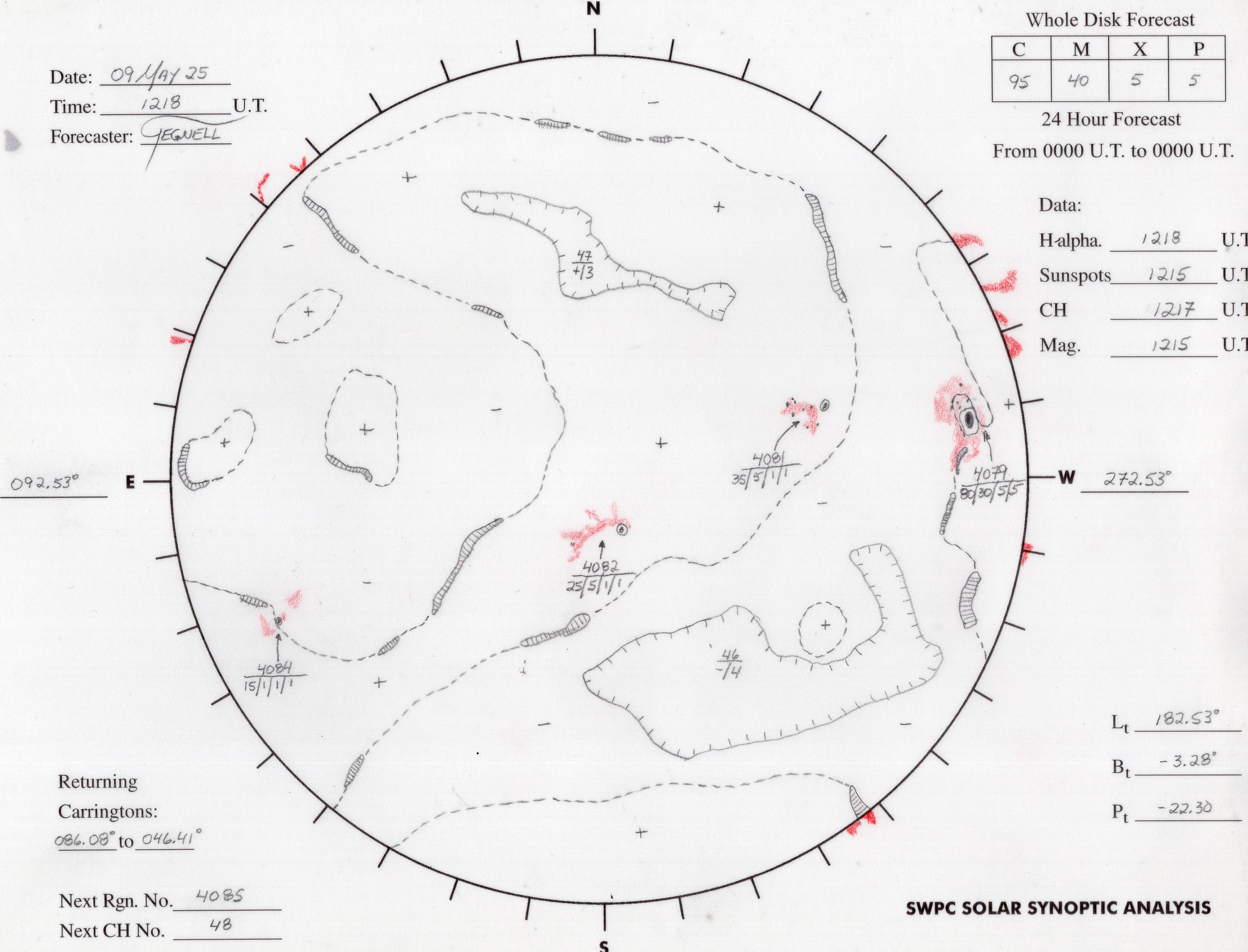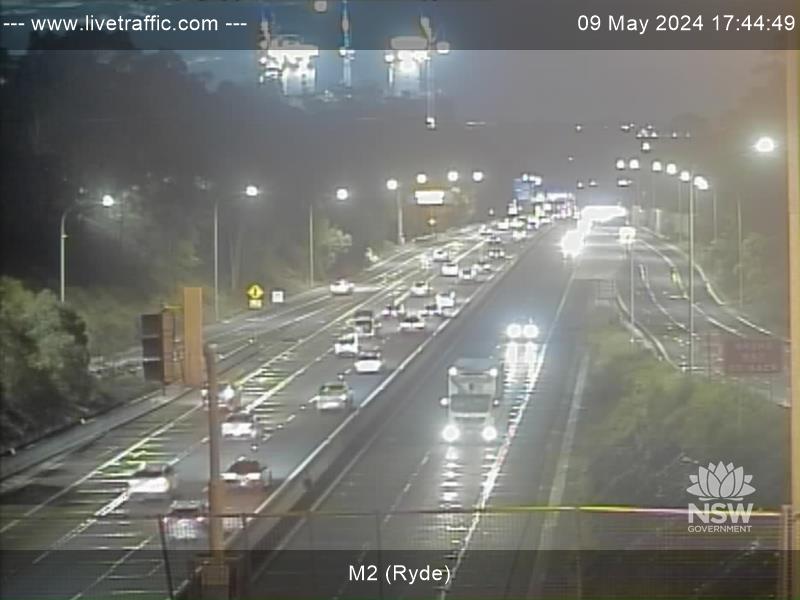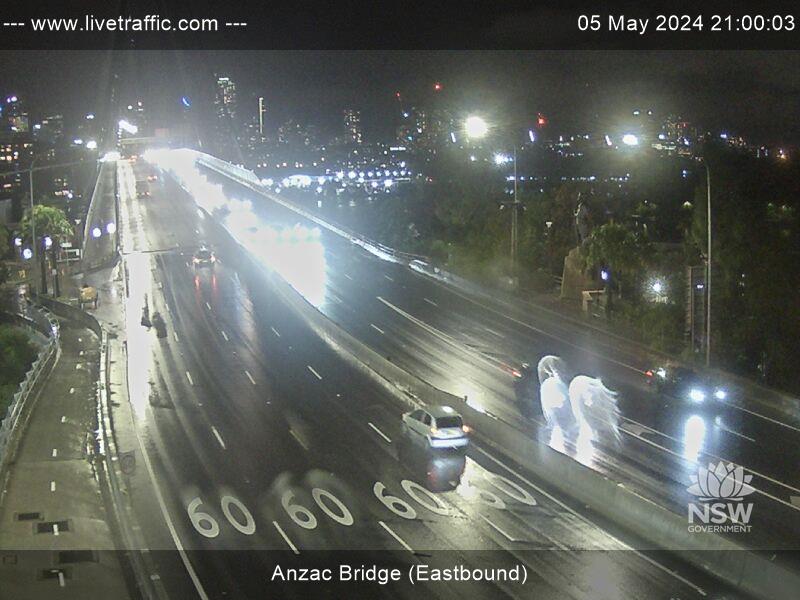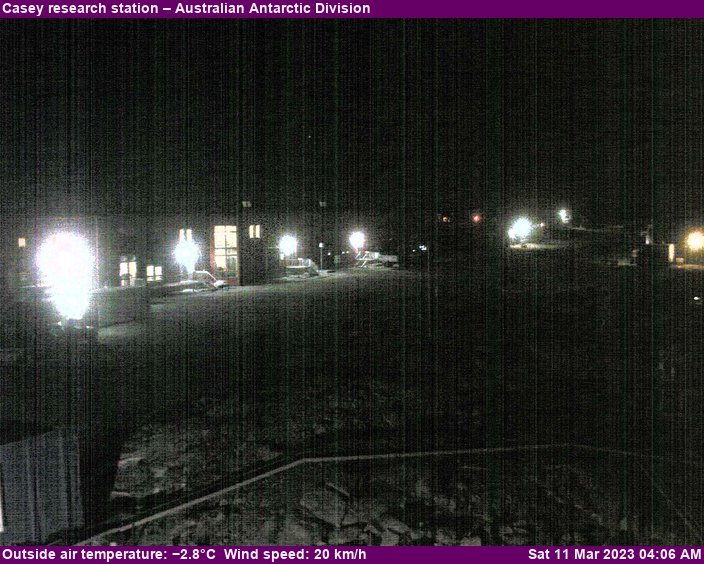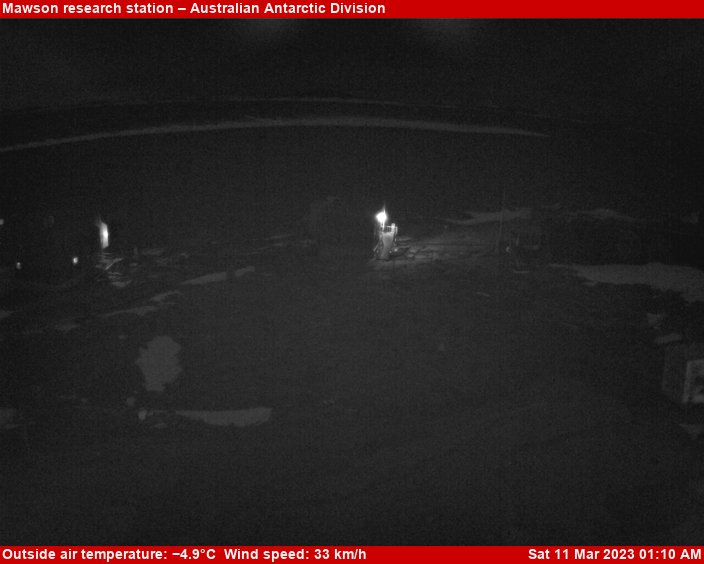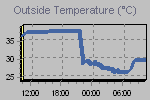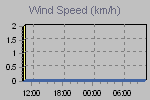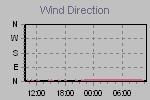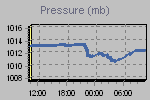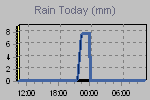“Frames win games,” Nvidia likes to say, but there’s more to esports domination than raw frame rates. How those frames get delivered matters too. Latency—the time it takes for an on-screen action to happen after you press a button—reigns supreme in the blink-and-you’re-dead competitive esports scene. If your game looks beautiful but feels sluggish, you’ll find yourself outgunned by rivals playing with crummy visual settings to increase responsiveness.
Enter Nvidia Reflex, introduced alongside the GeForce RTX 3080 and RTX 3090. If you’ve heard of it before, you probably associate it with low-latency features being added to games like Call of Duty: Warzone, Valorant, and Fortnite. But Reflex is actually Nvidia’s overarching brand name for a wide range of new latency-obsessed tools. Yes, the Low Latency Mode being added to games is part of it, but on Tuesday, Nvidia and its partners are also rolling out blisteringly fast 360Hz G-Sync Esports monitors with Reflex Latency Analyzer built in. If you’ve invested in compatible accessories, Reflex Latency Analyzer keeps tabs on the entire pipeline from the millisecond you click your mouse to the millisecond the game renders your gun shooting, helping you identify which parts of your system are acting as a bottleneck.
